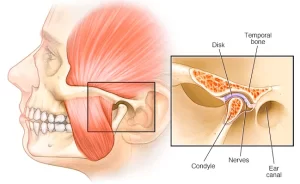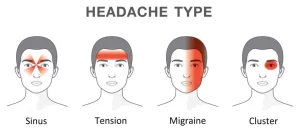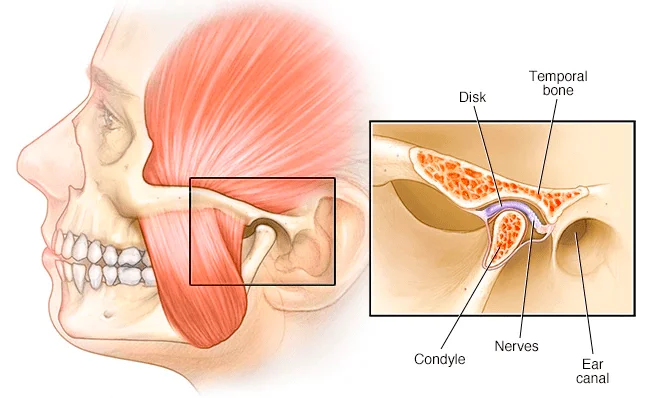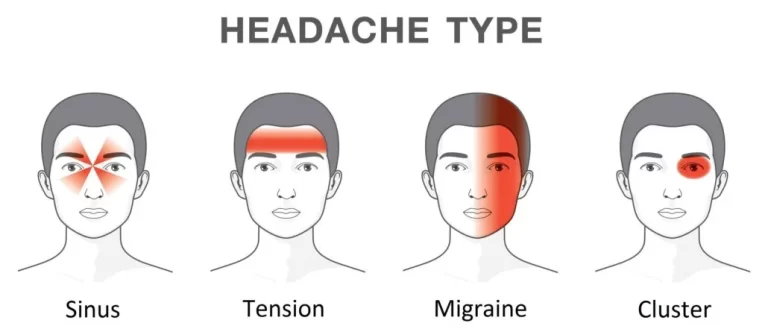4 Exercises To Relieve Frozen Or Stiff Shoulders
Stiff and aching muscles are common health issues that many Singaporeans experience. You would probably have woken up in the morning needing a good stretch to get going too. However, stiff muscles can sometimes be a sign of something more serious, such as frozen shoulders.
As the name implies, frozen shoulder causes pain and stiffness in the shoulder joint, causing you to lose your range of motion and experience pain that may affect your daily life. Fortunately, the condition can be treated with physiotherapy. In this article, we will share everything you need to know about frozen shoulder and the exercises to help speed up your recovery.
Frozen shoulder: symptoms and causes

How do you know whether you have frozen shoulder? The most obvious symptom you will experience is a dull pain in your shoulder and the shoulder muscles surrounding the top of your arm. The tightness of the shoulder capsule may also limit your range of movement.
Frozen shoulder usually resolves itself over two to three years in three distinct stages (although physiotherapy can help speed up this process). Each phase typically lasts several months. Here are the three stages of frozen shoulder:
- Freezing stage – You may experience pain when you move your shoulder, and your range of movement is limited. This phase lasts between two to nine months.
- Frozen stage – The pain reduces during the frozen stage. However, your shoulder becomes stiffer, making it more challenging for you to move your shoulder. This stage lasts from four to twelve months.
- Thawing stage – The movement range of your shoulder begins to improve, and you are likely to feel minimal pain with any shoulder movement. But you may still experience recurring pain from time to time. This phase lasts from six months to two years.
There are specific factors that may increase your risk of developing frozen shoulder:
- People aged 40 and older, particularly women, are more likely to develop frozen shoulder.
- Those with reduced mobility or immobility in their shoulders due to trauma or injury such as a fracture.
- Patients with a history of systemic diseases like:
- Cardiovascular disease
- Diabetes
- Parkinson’s disease
- Overactive thyroid (hyperthyroidism)
- Underactive thyroid (hypothyroidism)
Learn More: Frozen Shoulder
Exercises to treat frozen shoulder

One of the most common frozen shoulder treatments involves working with a physiotherapist to help with your passive range of motion. At Orchard Health Clinic, apart from manual therapy, our physiotherapists will recommend several exercises to help patients loosen their shoulder capsule – a balloon-like element around the shoulder joints that shrinks when you have frozen shoulder.
Let us share several helpful exercises you can try at home to alleviate pain and hasten recovery:
1. Towel stretches
Start by picking up a towel using your affected arm. Lift your arm gently and bend your forearm back behind your head, like you are throwing a ball. Once you are in position, keep your upper arm as still as possible and move your forearm back and forth repeatedly, as if you are hammering a nail into a wall.
You can also try this exercise with your arms in front of you. Grasp the towel and move your arm in and out towards the centre of your body. Ensure your upper body is still and your forearm is at an angle throughout the process.
2. Pendulum exercise
Dangle your affected arm towards the ground with your fingers pointed downwards. Subsequently, as the name implies, move your arm back and forth in a pendulum-like motion. You can also try moving your arm in a circular motion or left and right to the side like you are flapping a wing.
3. Finger walk
Stand facing a wall at a distance of about three-quarters of your arm’s length. Place the fingers of your affected arm on the wall and gently crawl them up as high as you can manage. Please use your finger muscles rather than your shoulder muscles for the exercise to feel the stretch in your shoulder. Subsequently, use your unaffected arm to release. Repeat the exercise ten to twenty times daily.
4. Cross-arm stretch
This exercise can be performed sitting or standing up. Place your affected arm on the opposite shoulder. Afterwards, grab the elbow of your affected arm with your unaffected arm and raise it to the level of your shoulder.
Once you are in this position, you can begin stretching your affected arm by using the other arm to pull your elbow across to the opposite shoulder. Keep pulling until you feel a nice stretch in the side and back of your frozen shoulder. Subsequently, hold the position for fifteen to twenty seconds. Repeat this twenty times daily.
When embarking on your frozen shoulder treatment regimen, it is vital to persist with your physical therapy until you are given the all-clear by our physiotherapists. Do not stop the exercises just because the pain eases. Remember, physiotherapy is essential to improve your shoulder’s range of motion.
The exercises we shared are just a tiny sample of the extensive treatments shared with our patients by our physiotherapists. If you are struggling with frozen shoulder, do not hesitate to contact our physiotherapy clinic today to schedule an appointment with our therapists to review your condition.






